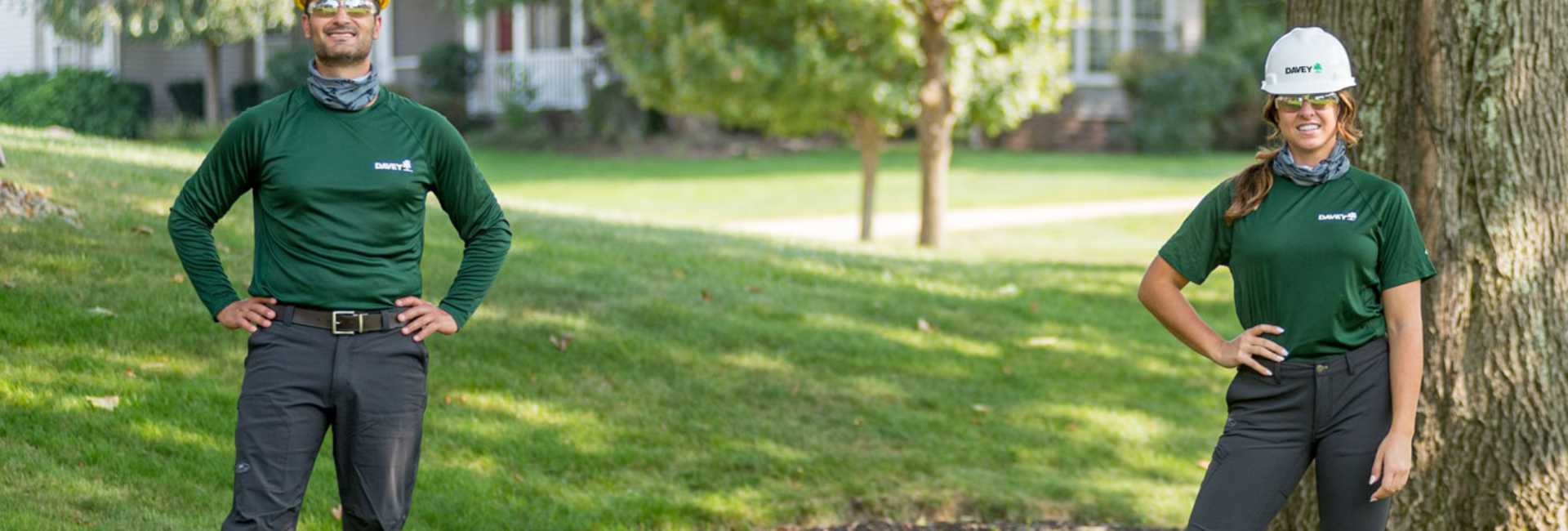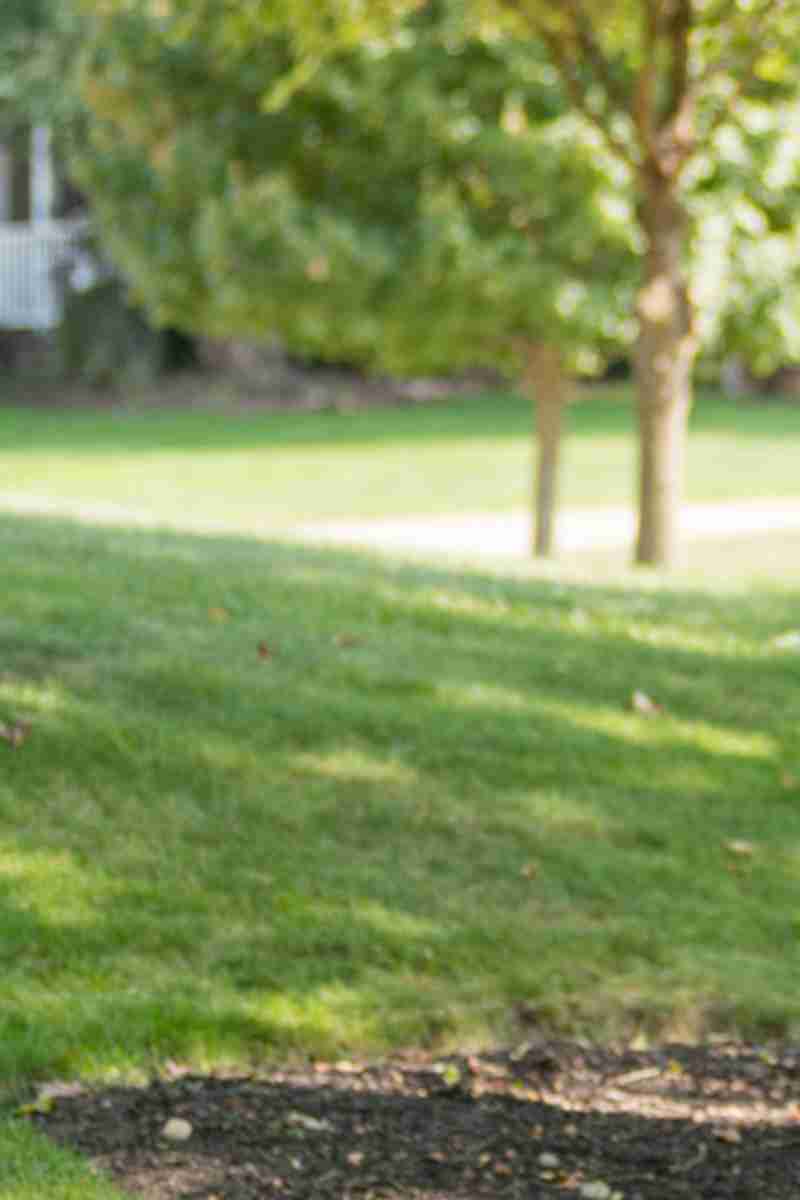Southern California Edison
SoCal Edison and Davey Resource Group partnered on a pilot project in San Bernardino County to remove fire-prone invasive vegetation from their rights-of-way and replace it with fire-resistant native pollinator habitats.
The Challenge
Southern California’s weather, native vegetation, wind patterns, and topography put it at great risk for wildfires. According to the National Oceanic & Atmospheric Administration, the enduring droughts and increased development have exacerbated its conditions.
Utilities can do their part to reduce wildfire risk by being mindful of the vegetation present on their rights-of-way (ROWs) and how it may contribute to wildfire spread. Southern California Edison (SoCal Edison) called upon Davey Resource Group (DRG) to help them find a solution to fire-prone vegetation while boosting sustainability efforts on their ROWs.
SoCal Edison’s service area includes 50,000 square miles of land across southern, central, and coastal California, with 14,000 square miles being high fire risk areas. If a fire occurs in these areas, 1.3 million SoCal Edison customers could experience devastating damage to their lives and property.
The Solution
In the fall of 2021, DRG started a pilot project in San Bernardino County that would replace invasive fire-prone vegetation with native plant species that are more resistant to wildfire. The main goals of the pilot project were to increase biodiversity and pollinator habitats while reducing fire potential.
DRG crews took an inventory of the species in the project area and developed treatment recommendations based on the data they gathered. Once treatment was decided, DRG’s qualified applicators used spray vehicles to apply herbicide to around 20 acres of the project area and followed up their initial spray with spot treating using hand sprayers.
Once the invasive vegetation was eradicated, DRG consulted with local seed suppliers to determine the most appropriate seed mix to plant in place of the invasive vegetation, ultimately settling on three seed mixes for the project area. The crews used ResourceKeeper to track the project, from initial inspections to herbicide treatments, and planting information.
While the invasive nature of existing vegetation will require longer-term herbicide treatments than previously estimated to eradicate, DRG plans on continuing spot treatments with herbicide and re-seeding with native mix as needed.
The Results
The new vegetation will provide a habitat for important pollinator species and, with naturally occurring fire resistance, help protect SoCal Edison’s infrastructure from potential wildfire damage. By using native plant species, SoCal Edison will also be able to reduce long-term management costs by reducing the need for frequent mowing.
The more aesthetically pleasing wildflowers will also help SoCal Edison create a more visually appealing ROW, helping improve the value of the ROW to the local community.








